Oil on canvas, signed lower right.
23 x 33 cm
Charles Dufresne: Freedom in Painting
Charles Dufresne, born on November 23, 1876, in Le Havre and died on August 8, 1938, in La Valette-du-Var, was a French painter whose powerful and colorful work spanned the major artistic movements of the early 20th century without ever allowing himself to be confined by them. A passionate autodidact with an independent spirit, he is now recognized as one of the most unique artists of his generation.
Orphaned at a very young age, Dufresne had a difficult childhood that forged in him a fierce determination. He began as a woodcarver after studying at the École des Arts Décoratifs, before turning to painting. He then enrolled at the École des Beaux-Arts in Paris, but very quickly moved away from academicism to follow his own path, fueled by curiosity, rigor, and passion.
In 1901, a trip to Algeria marked a turning point in his career. There he discovered the power of light, bold colors, and full forms. This trip transformed his outlook and gave his painting a new freedom, a luminous breath that would never leave him. The East, and more generally the southern Mediterranean, became a constant source of inspiration. Upon his return to France, Charles Dufresne quickly established himself as a figure apart. Close to the Independents, he exhibited regularly at the Salon d'Automne and the Salon des Tuileries. He is sometimes associated with Fauvism because of the intensity of his colors, but his work is not limited to any one movement. He claims a classical heritage—notably that of Delacroix and the Italian Renaissance—which he reinvents with audacity and vigor. His paintings, often populated by monumental figures, theatrical scenes, or vibrant landscapes, reflect a desire to combine plastic force with inner poetry. He is often described as “modern baroque,” a phrase that aptly conveys the richness and density of his art.
In the 1920s and 1930s, Dufresne's reputation grew. He received several important commissions, notably for monumental decorations: frescoes for Paris City Hall, decorations for the Île-de-France ocean liner, and tapestry cartoons. He was appointed professor at the Académie Ranson, where he passed on his generous and demanding vision of art.
He settled in Provence, in La Valette-du-Var, where he continued his work until his death in 1938. There, surrounded by the light of the South that he loved so much, he painted with undiminished enthusiasm. Until the end, he remained faithful to his quest for a free, living art, rooted in the sensuality of the world.
Charles Dufresne left behind a prolific and profound body of work, marked by a desire to reconcile pictorial modernity with humanist tradition. His stylistic independence, his sense of composition, and his powerful use of color continue to fascinate critics, historians, and collectors.
His works are now preserved in many French museums, including the Centre Pompidou and the Musée d'Art Moderne de la Ville de Paris.


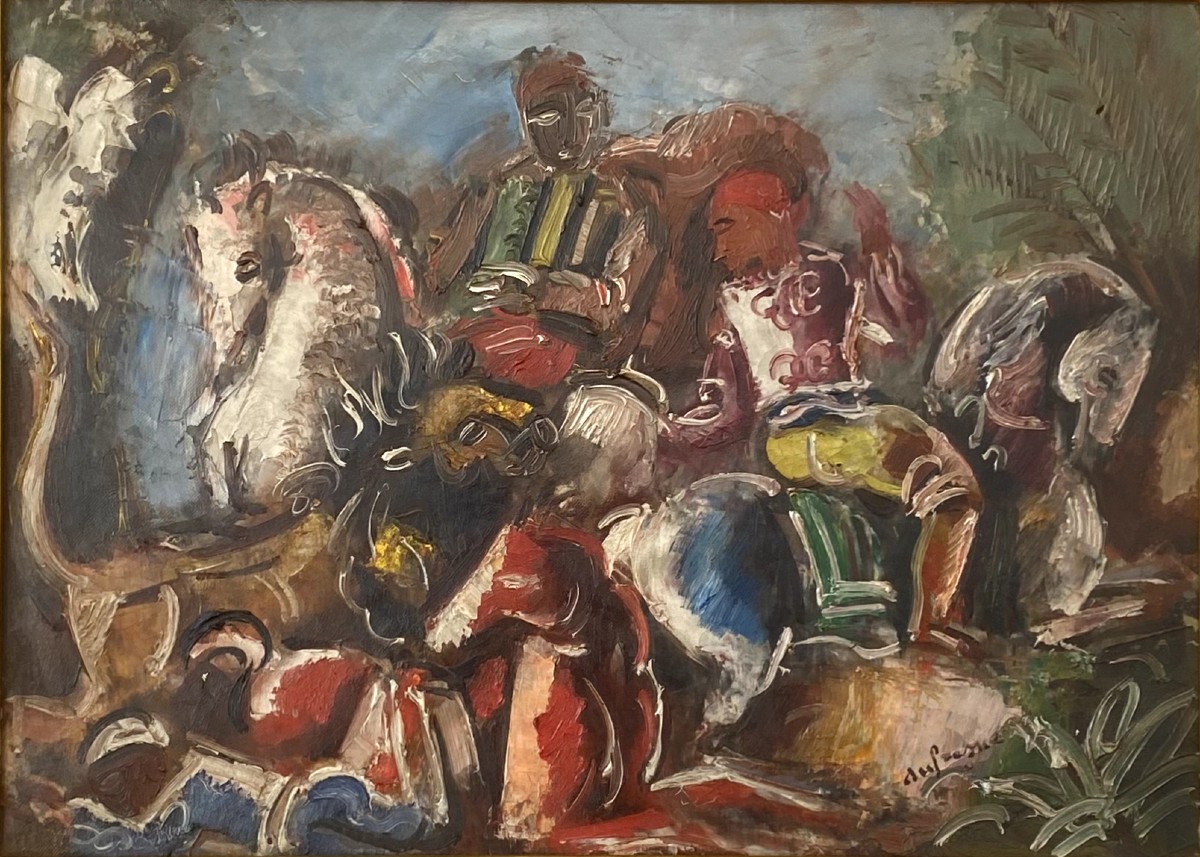




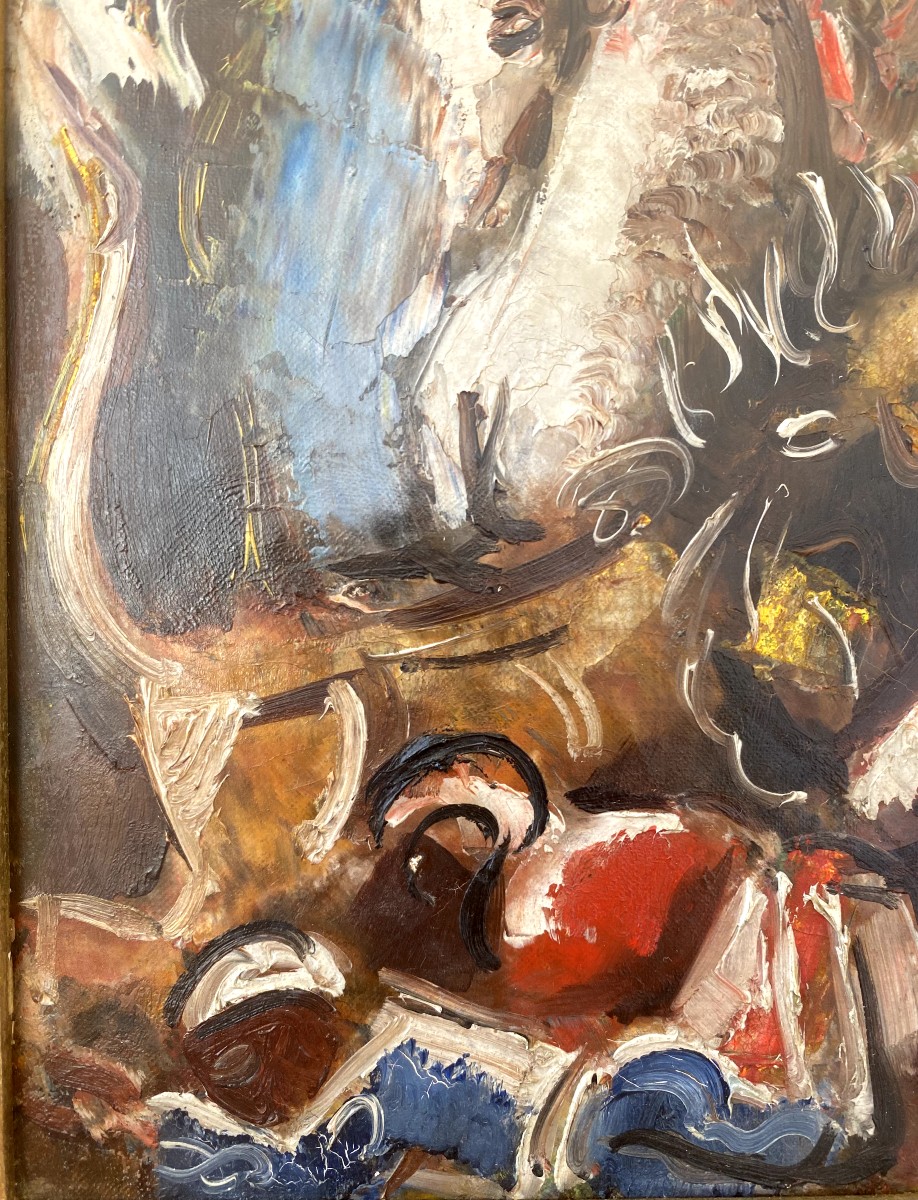

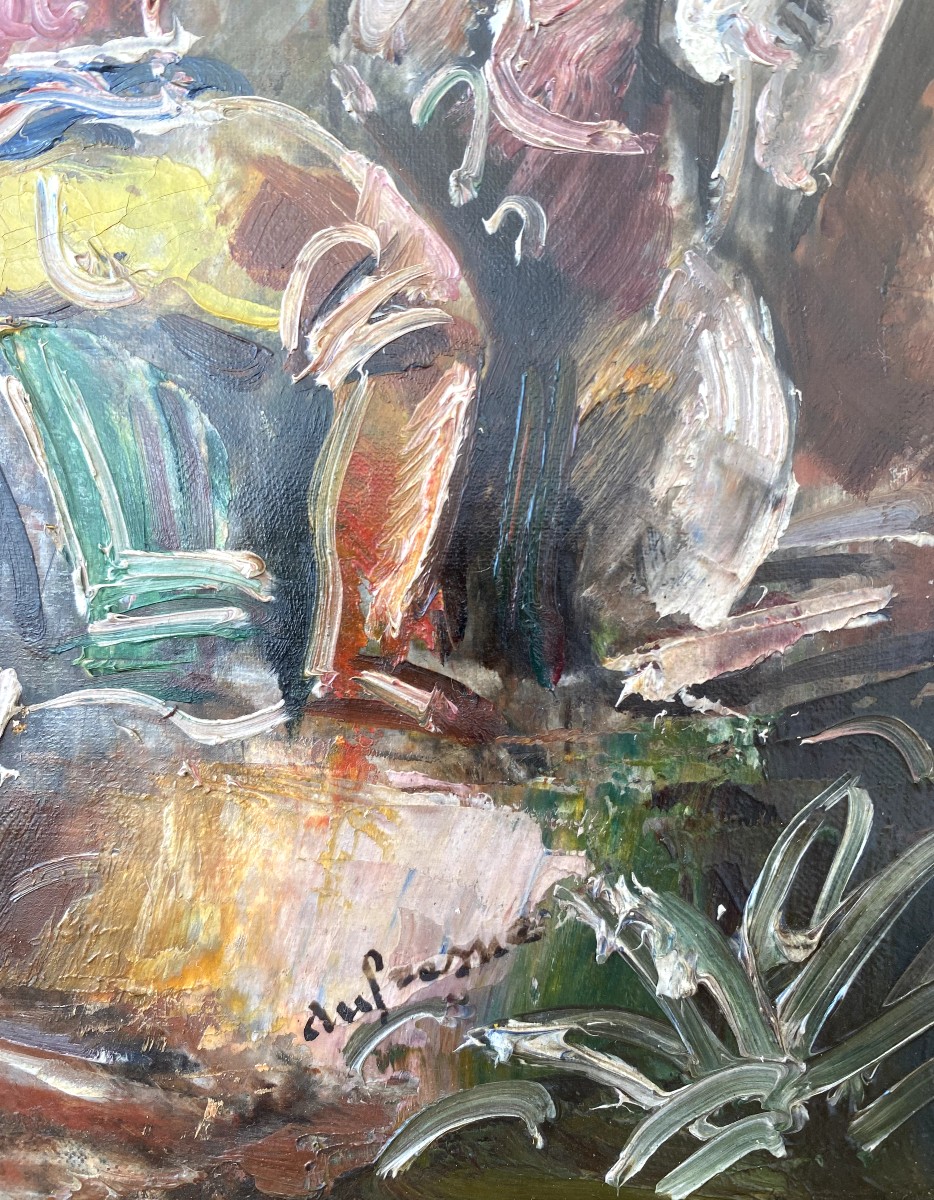












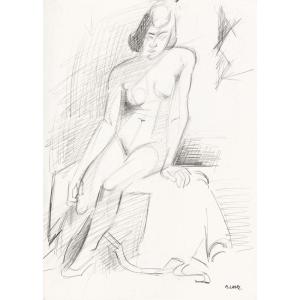

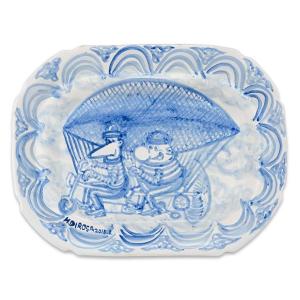
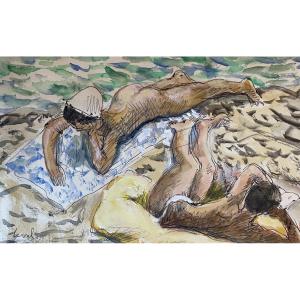
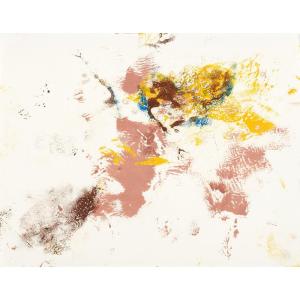

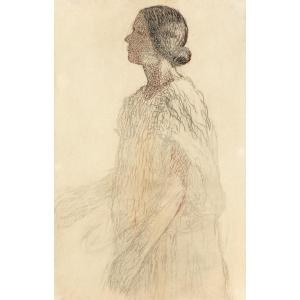



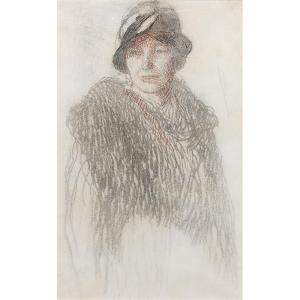




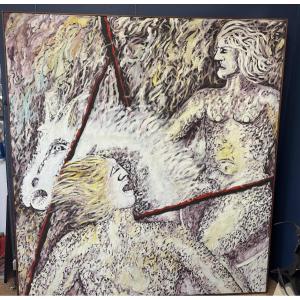






 Le Magazine de PROANTIC
Le Magazine de PROANTIC TRÉSORS Magazine
TRÉSORS Magazine Rivista Artiquariato
Rivista Artiquariato